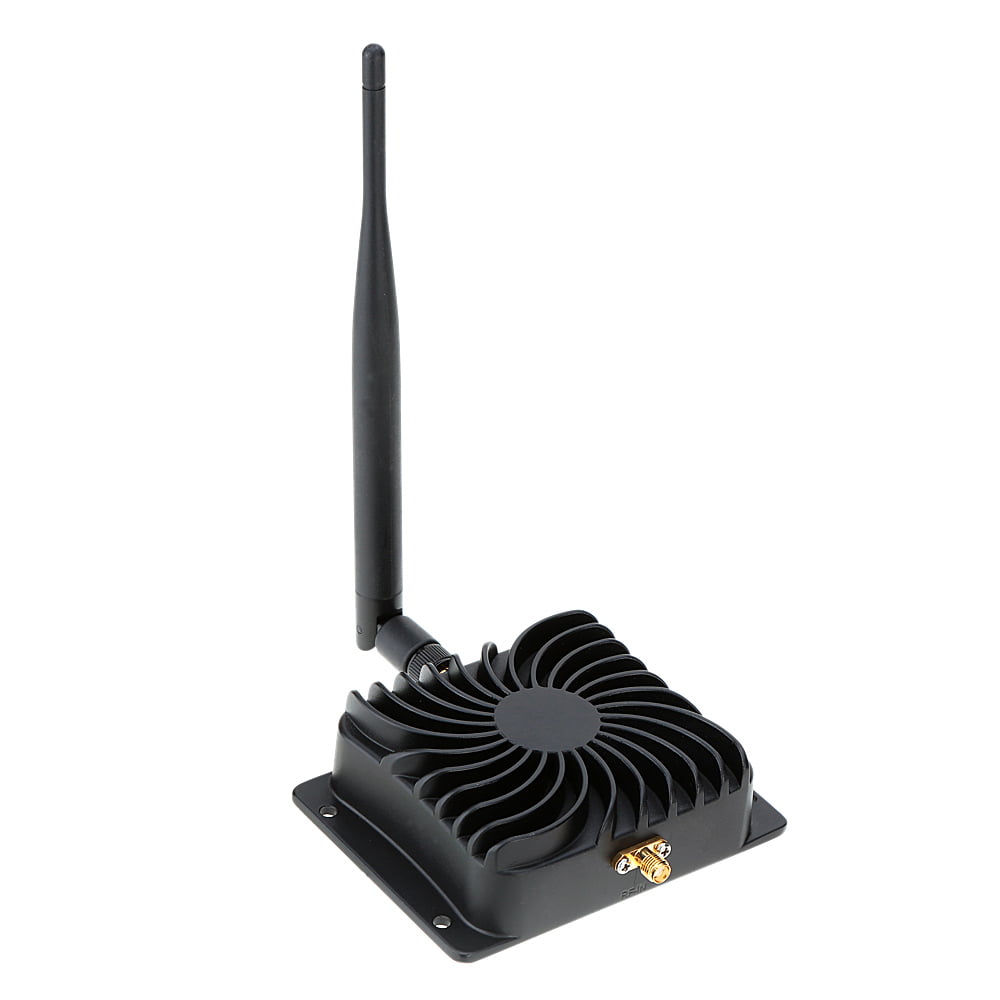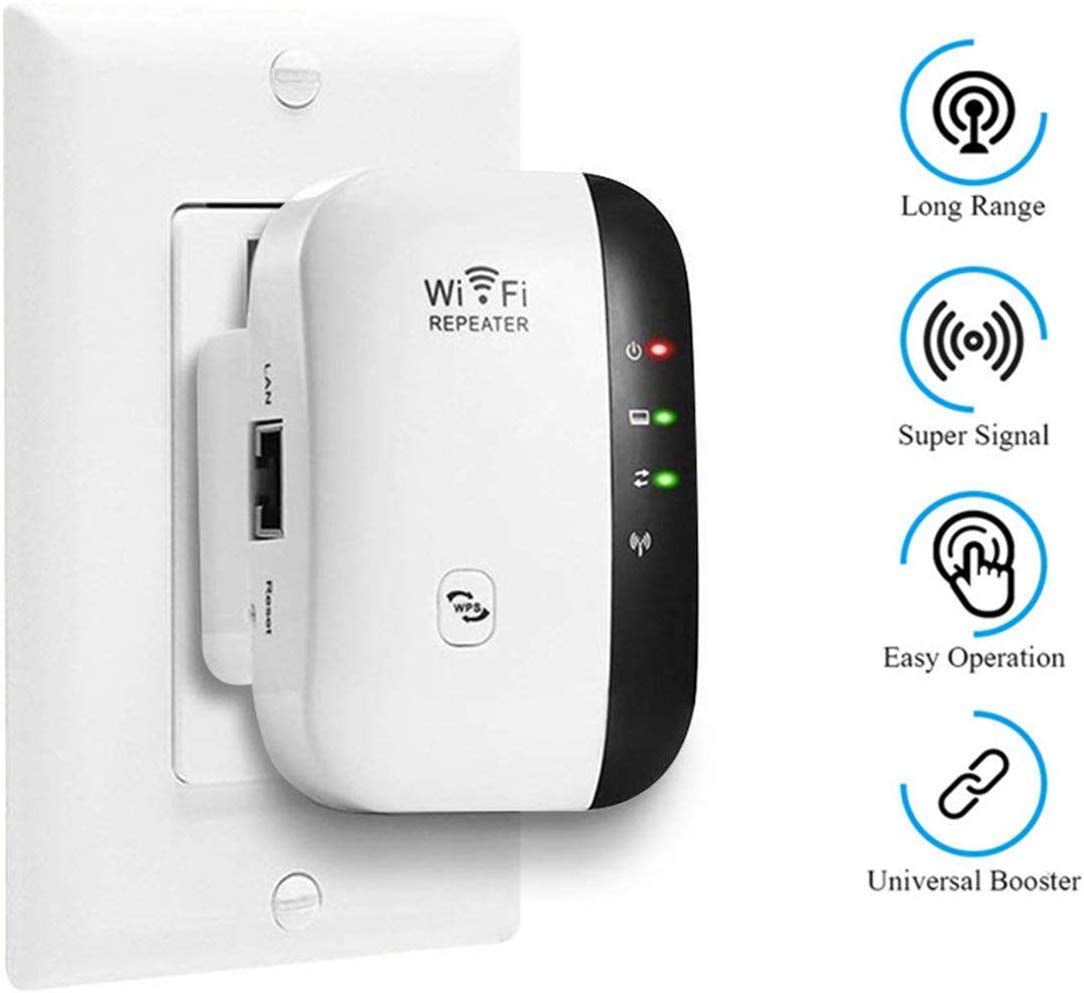

Limited outdoor range since it’s made for indoor coverage.

Same principle for the front yard.ĭepending on the type of mesh network you purchase and the building quality of your home, you may get up to 5,000 sq ft of coverage. If you have poor WiFi signal in the back of the yard, installing your beacon at a power outlet near the backyard could help with leaking signal outside. They plug into the power outlet for extended coverage at that location. So what does this have to do with outdoor WiFi?Įach mesh system comes a hub that connects to the router and two to three points or beacons that wirelessly connect to the hub. Instead of relying on the router for coverage, mesh systems act as middlemen wirelessly connected to each other and to the router. Technically, mesh WiFi systems are used for expanding indoor coverage.Įssentially, they’re a group of devices that act as multiple WiFi points around your house. GOOD: Mesh WiFi Systems aka The Goodfella There’s another solution for building-to-building WiFi. Brings signal outside but doesn’t necessarily mean it pushes signal to a shed, garage, or another building.Long reach for rural areas, up to ½ mile.Best method to bring WiFi signal from inside to outside your home.It’s best to upgrade one level up, because outside interference such as trees, hills, and wooded areas will affect signal reach, unless you have a mighty chainsaw. Omni antenna: Up to ¼ mile of WiFi coverage.Yagi antenna: Up to ½ mile of WiFi coverage.The PiFi is installed outdoors and broadcasts WiFi signal (2.4 Ghz) up to ½ mile away depending on your outside antenna type. It’s an access point that works by attaching a CAT5e or CAT6 ethernet cable from your router to the PiFi outdoor WiFi extender.

The PiFi Outdoor WiFi Extender is a beast. BEST: Outdoor WiFi Extender aka The Godfather Depending on what you want, you can extend coverage to the backyard or even half a mile away. Today we look at the best solutions for getting WiFi signal outside from your home. Hence why your outdoor WiFi cameras, lights, and doorbells seem to struggle with lag and reception. That’s because building material (brick, metal, thick wall, etc.) is the leading cause of poor WiFi and cellular service. And you’re literally a few feet from the house. So everything within the four walls of your home are doing great for WiFi.


 0 kommentar(er)
0 kommentar(er)
